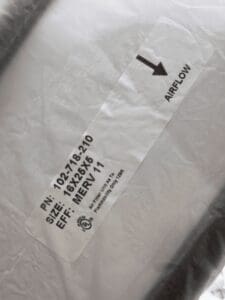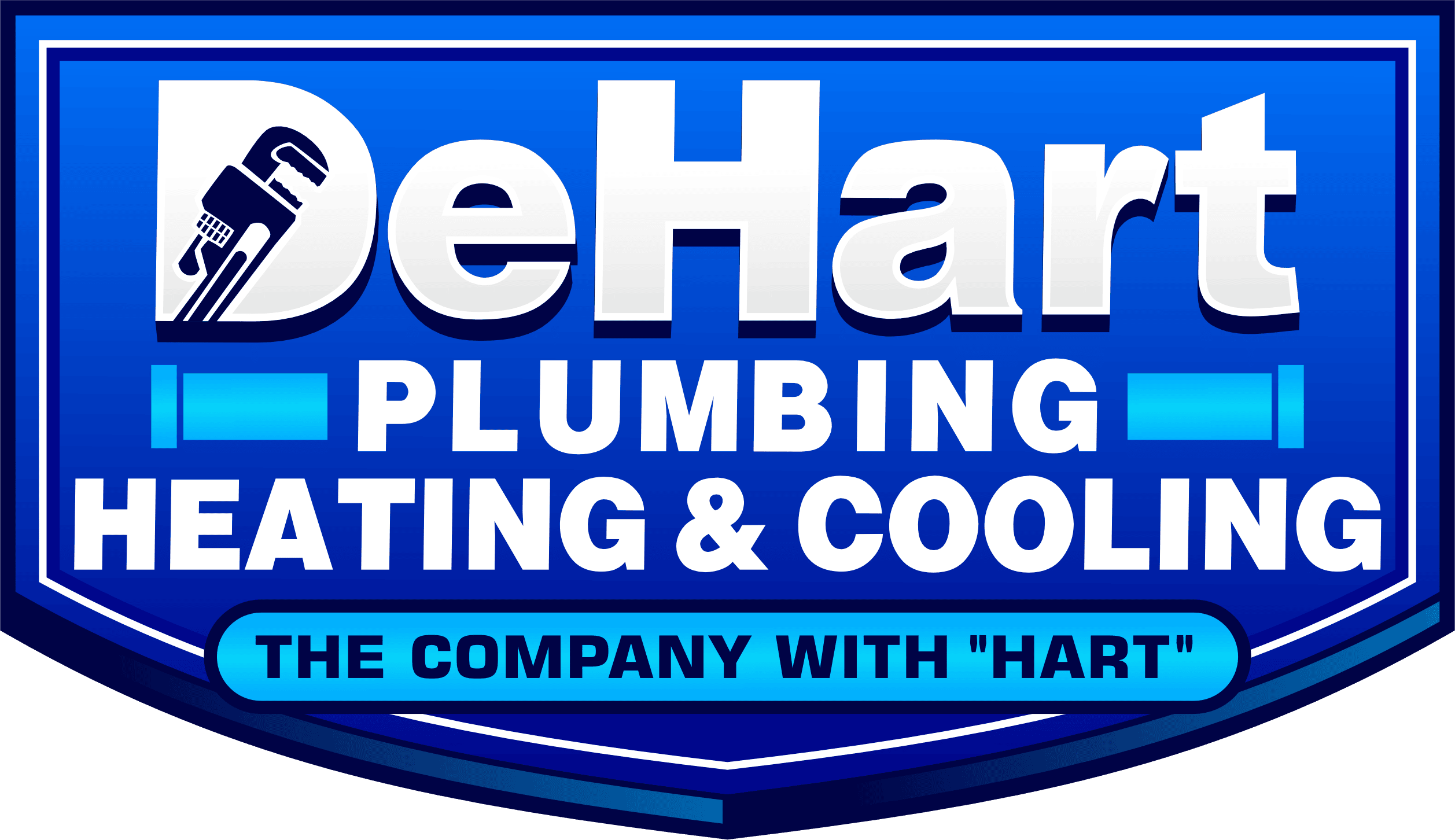 The MERV rating, which stands for “minimum efficiency reporting value,” is a measure of how well a filter eliminates particles from the air that flows through it. The more particles caught by the filter, the higher the MERV rating.
The MERV rating, which stands for “minimum efficiency reporting value,” is a measure of how well a filter eliminates particles from the air that flows through it. The more particles caught by the filter, the higher the MERV rating.
When it comes to choosing the best filter for your HVAC system, bigger isn’t always better. Using an air filter with a MERV rating greater than what the manufacturer of your furnace or air conditioner suggests can actually reduce its performance. The smaller gaps in higher-rated air filters produce resistance to air flow, and if utilized in an HVAC system not built to manage this resistance, it can reduce system efficiency, reduce indoor air quality, and put pressure on the system’s fan.
Using MERV 5-8 is typically the most used for residential homes and will remove pollen, dust mites, sanding dust, textile/carpet fibers, mold/spores, dust lint, cement dust. Filters down to 3.0–10.0 micron particle size.
To filter out contagious airborne particles, ASHRAE recommends that organizations use MERV-13 or the highest feasible filtration level, however MERV-14 (or better) is desirable. While you are getting more filtration through this MERV size, it is reducing the performance of your system.
